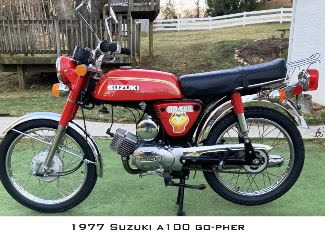- Welcome to 2 STROKE WORLD .net.
Yamaha YA-1 Resurrection
Started by Yamanatic, May 10, 2024, 11:52:49 AM
Previous topic - Next topic0 Members and 1 Guest are viewing this topic.
User actions

Started by Yamanatic, May 10, 2024, 11:52:49 AM
Previous topic - Next topic0 Members and 1 Guest are viewing this topic.
Page created in 0.124 seconds with 13 queries.